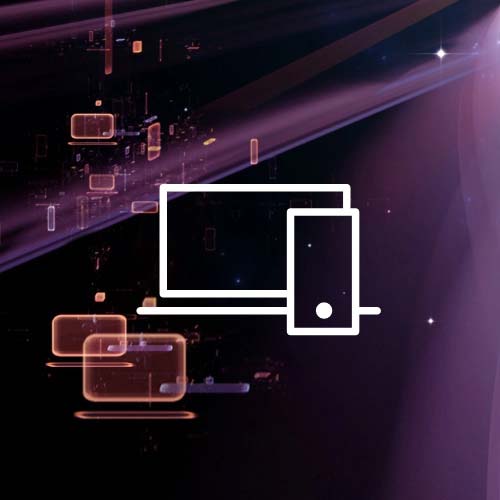This is our second blog in the Druva patents series. Read the first one here.
In this blog, we will explain how we deep-dived into a simple problem and came up with a patent-worthy solution.
The Device Migration Problem
Device migration is the process of carrying all the settings and data from an old device to a new device. This saves users the effort of configuring and setting up the new device as per their requirements.
When an employee moves from one device (usually their work laptop) to another, IT administrators must transfer the data from the old to the new device. This is generally solved using automated data backups. Then administrators restore this data for the users using available workflows.
Although, in some cases, employees might not have enough bandwidth in their existing work environment (typically remote employees). To solve this, the administrator restores the old data to the new device and then ships the device to the user.
However, it might take some time for the device to reach the employee. In this case, the data generated by the employee (device user) on the old device during the shipment could be lost.
This was the problem we were aiming to solve. We wanted to make the device transition as seamless as possible. When the user gets a new device, they should have access to the latest data that was available on the old device.
With this patent, we were able to efficiently solve this problem and enable administrators to drive this process in a fully automated way.
Our Solution
Our workflow starts after the employee submits a request to the organization’s IT team for a new device. Let’s understand the series of steps that follows.
The IT administrator prepares the new device and downloads the latest user data available at that point in time. The dataset is referred to as a restore point (RP) and has a unique identifier, let's say RP-1.
Then the device is shipped.
After the user receives the new device and logs in to it, another automated data restore starts. During this phase of data restoration, the latest dataset available may have changed because of the time elapsed in shipping the new device. Let’s name this dataset RP-2.
While restoring data, we restore only the changed data (or the delta) between RP-1 and RP-2. To restore only the changed dataset, we take advantage of the version identifier associated with each entity (file/folder) in the dataset. If the version identifier for any entity is found to have changed between the two restore points (RP-1 and RP-2), it is restored.
To optimize things further, we restore only the changed dataset between two versions of a file object. This is done by getting the block-wise checksum of the file from the latest restore point. We compare this block-wise checksum list with the checksum of that block on the device. If there is a mismatch between the checksums, we restore that block from the latest restore point.
You can read all the details about the patent here: US11327678B2
Conclusion
This solution has been incorporated into Druva’s endpoint device migration offering and has made the whole process of device migration a lot easier for our customers. This automated process saves network bandwidth and ensures that employees and IT departments don’t need to bother about having the latest data on the new device.
This is a testament to Druva's work culture that allows innovative solutions to challenging problems. If this interests you, take a look at our careers page for your opportunity to join Druva.



